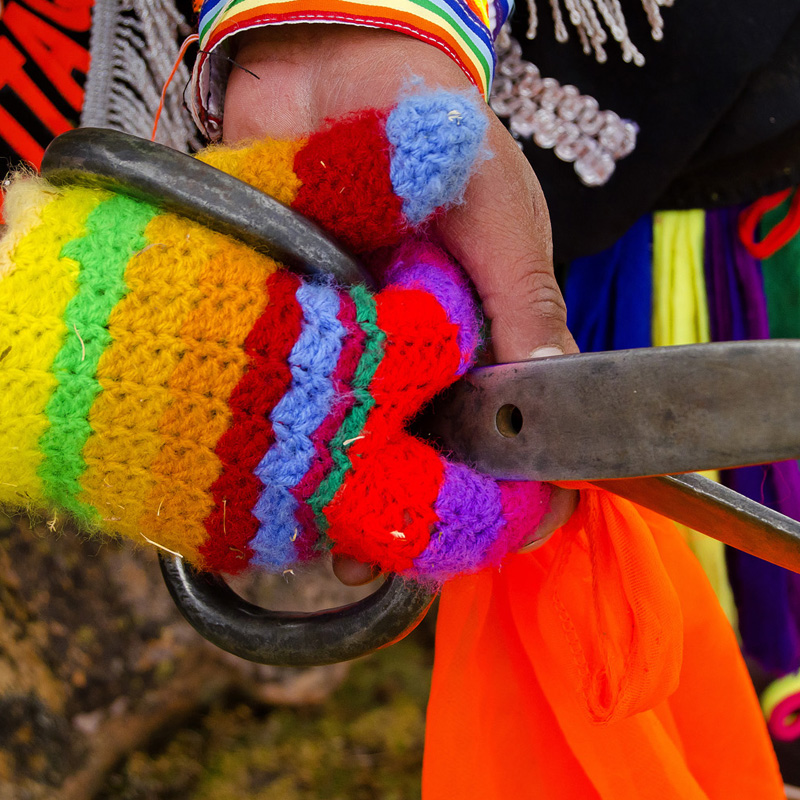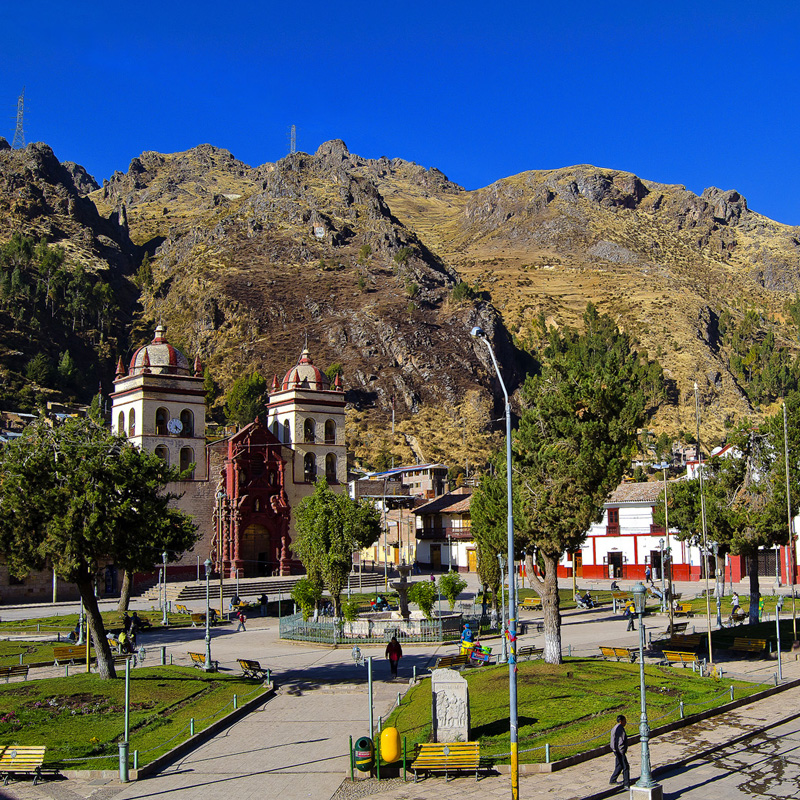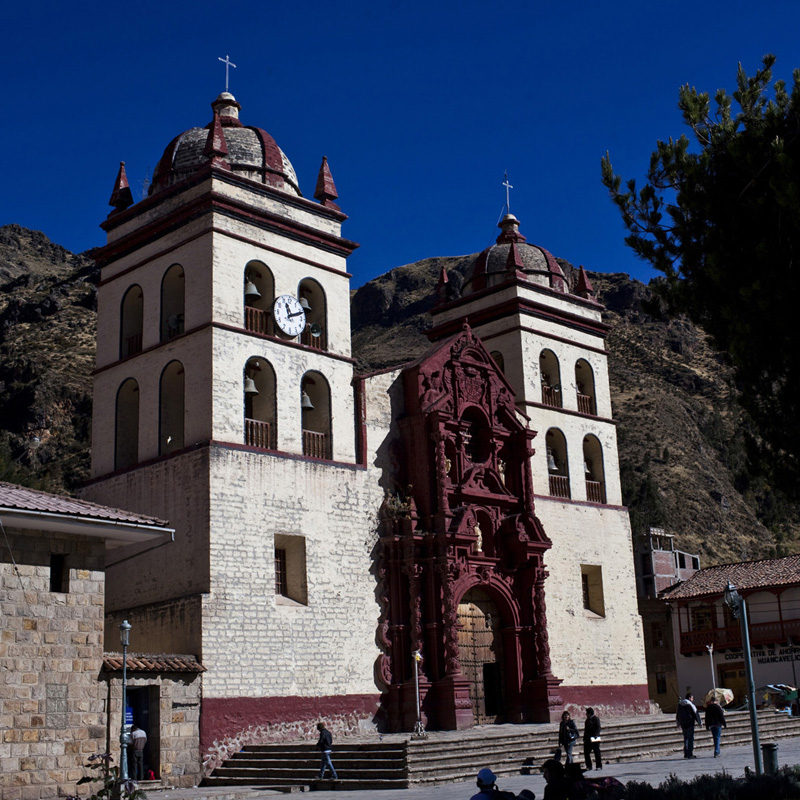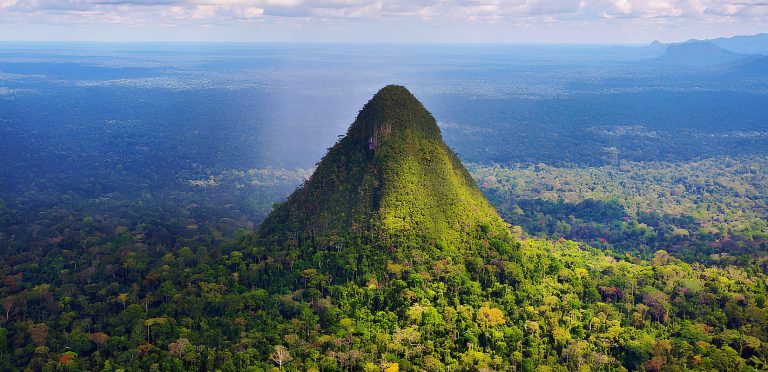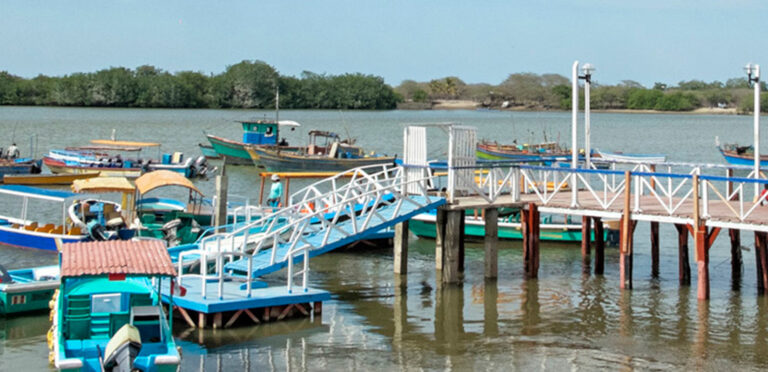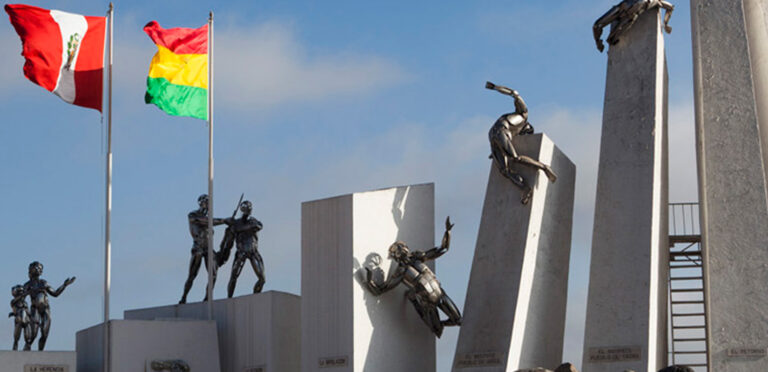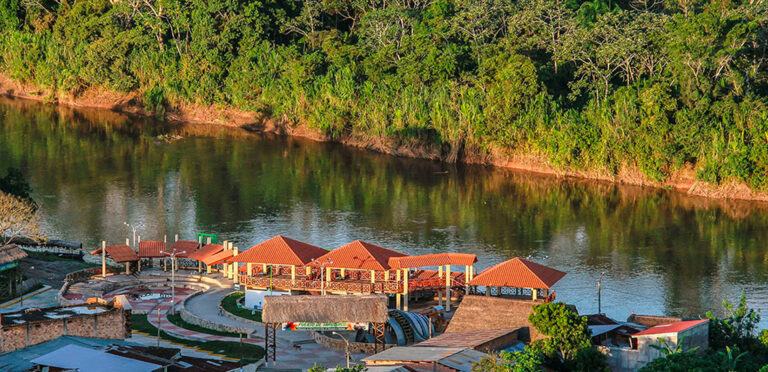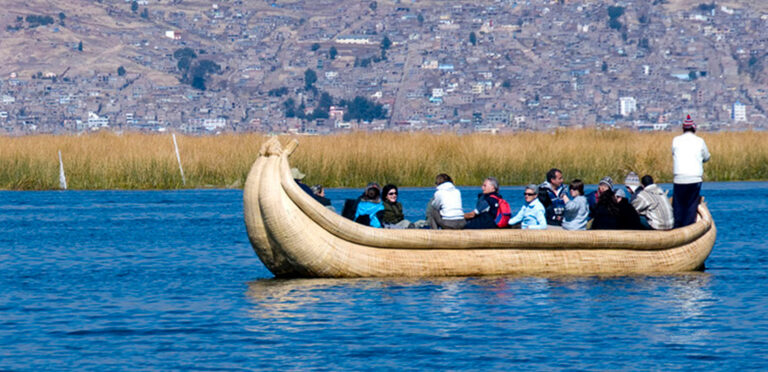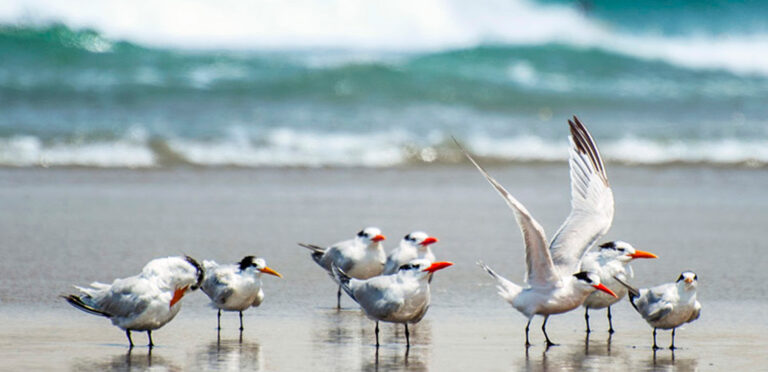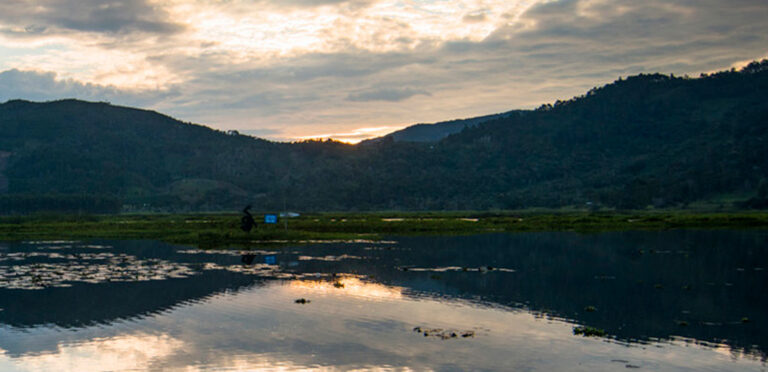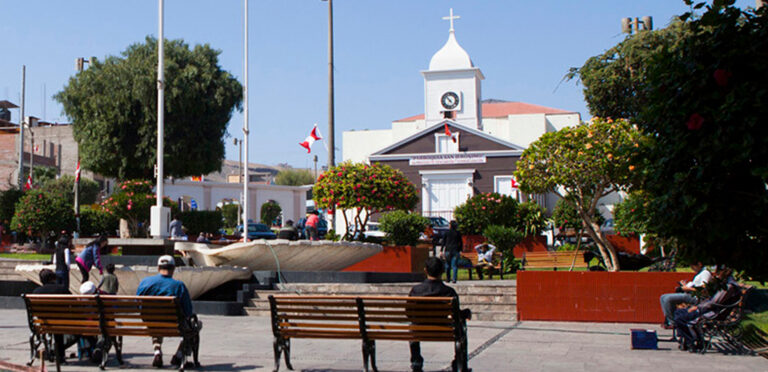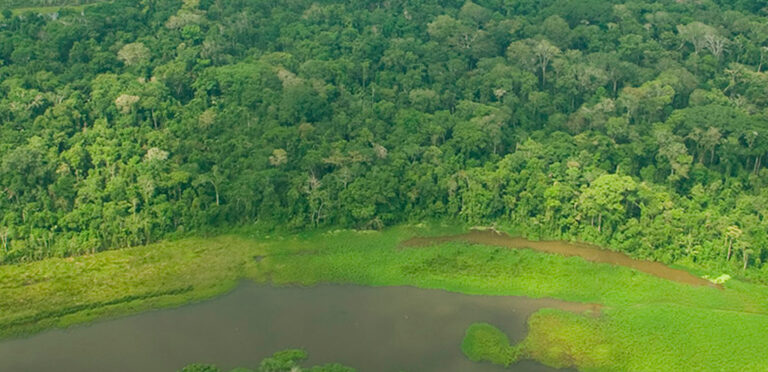Huancavelica: History, Culture, and Nature in the Central Andes
Located in the heart of the Peruvian Andes, Huancavelica is a land of majestic mountains, fertile valleys, and deep historical roots, reflected in its colonial architecture and ancestral traditions. It is an ideal destination for history, culture, and nature lovers.
- Minimum Altitude: 1,900 masl (Ocoyo)
- Maximum Altitude: 4,475 masl (Santa Ana)
🏛 History & Culture
Plaza de Armas of Huancavelica
A colonial-style square surrounded by historic buildings such as the Prefecture and the Municipality, serving as the urban heart of the city.
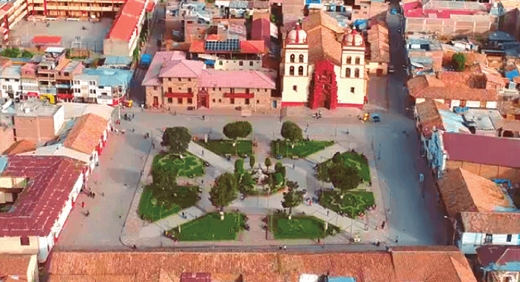
San Antonio Cathedral
Features an imposing baroque façade built from red stone. Inside, it houses a 17th-century mural, an intricately carved wooden altar covered in gold leaf, and paintings from the Cusco and Huamanga schools.
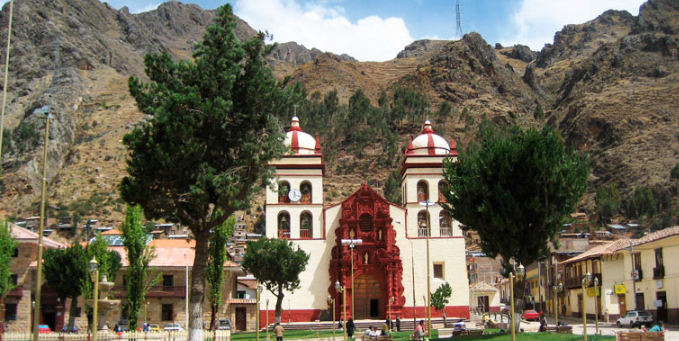
Daniel Hernández Regional Museum
Showcases fossils, pre-Inca artifacts, colonial relics, and contemporary art by renowned Peruvian painters such as Daniel Hernández and Fernando de Szyszlo.
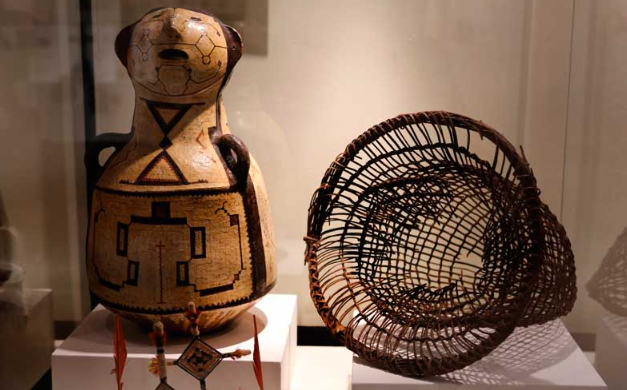
San Francisco Church
Built in 1777, it stands out for its ornate baroque altarpiece, intricately carved in wood and covered in gold leaf.
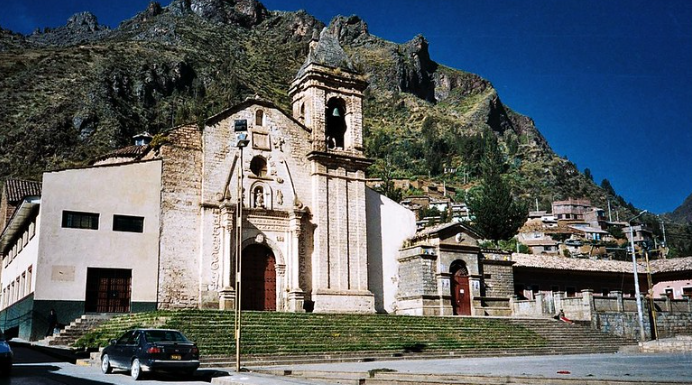
Santo Domingo Church
Dating back to the 16th century, it houses the Virgin of the Rosary and Saint Dominic, brought from Rome. Legend has it that secret tunnels once connected it to San Francisco Church.
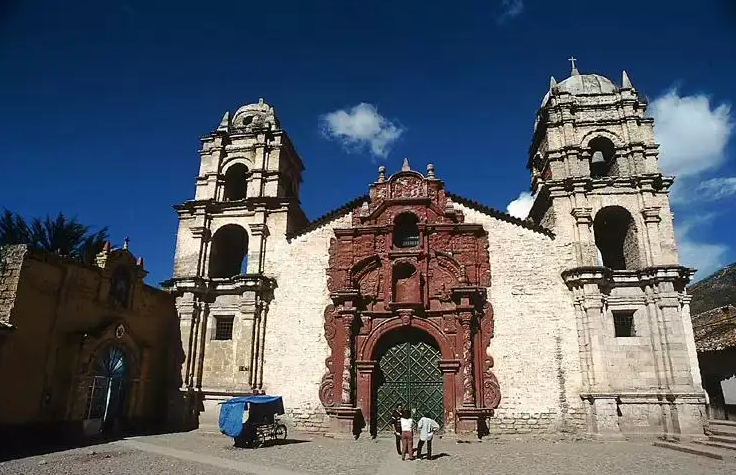
Tambo de Mora Mansion
A historic colonial-style inn that once accommodated traders and Andean carriers passing through Huancavelica.
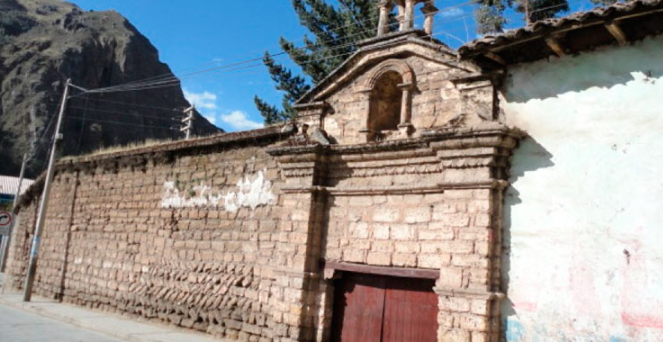
San Sebastián Church
Built in the 18th century, it features a right-side nave entirely covered in gold leaf—the only example of this craftsmanship in Peru. It is also home to the Lord of the Arrest, a revered figure that attracts thousands of devotees during Holy Week.
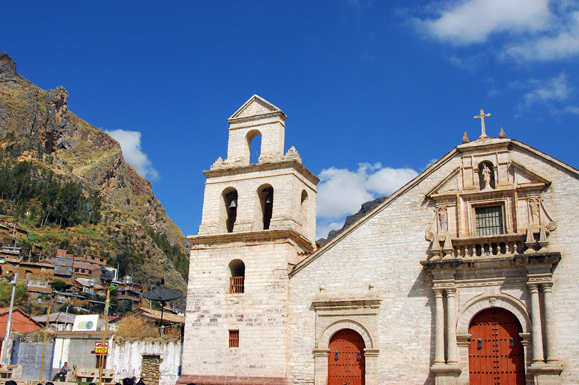
Stone Bridge
Located 1 km from the city, this stone and lime bridge connects the neighborhoods of San Cristóbal and Cooripaccha.
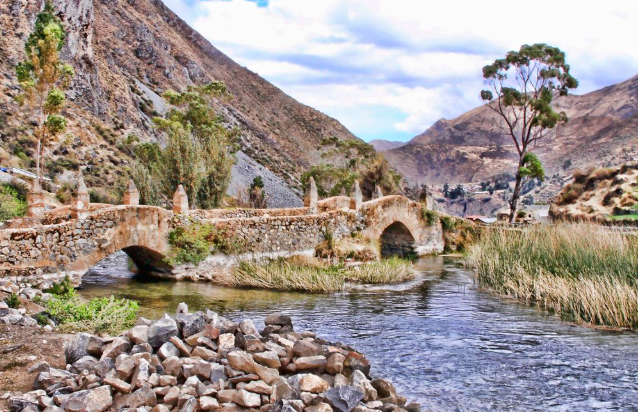
🌿 Nature & Adventure
San Cristóbal Hot Springs
Famous for their healing properties, these sulfur-rich waters are perfect for relaxation and medicinal treatments.
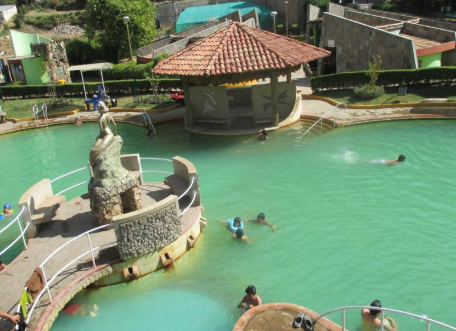
Inkañan Uchkus Archaeological Complex
Located 24 km from Huancavelica, this Inca site was a center for astronomical observation and agricultural experiments. It features water mirrors used to track the movements of the sun and moon.
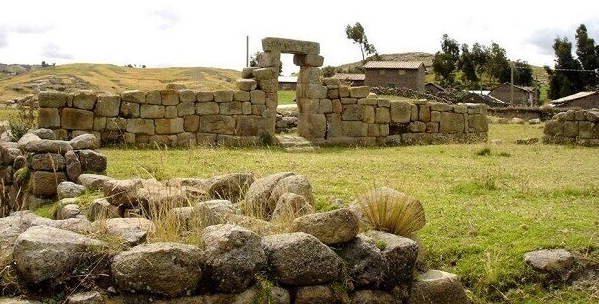
Incahuasi Ruins
Situated 20 km from Huaytará, this Inca archaeological site includes plazas, palaces, storage facilities, and astronomical observatories such as intihuatanas or solar clocks.
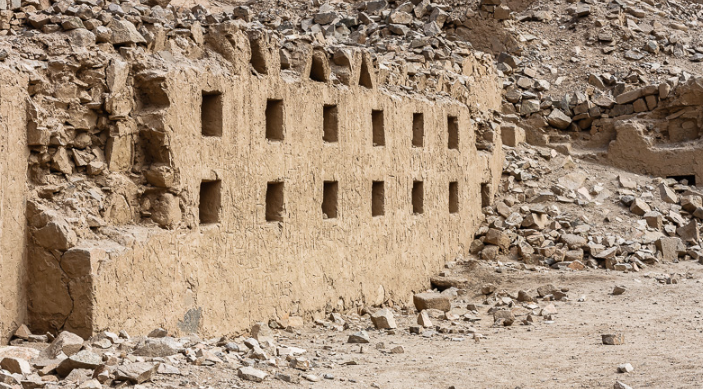
🎉 Festivals & Traditions
Huancavelica Carnival (February – March)
One of the most authentic carnivals in Peru, featuring traditional dances and vibrant parades.
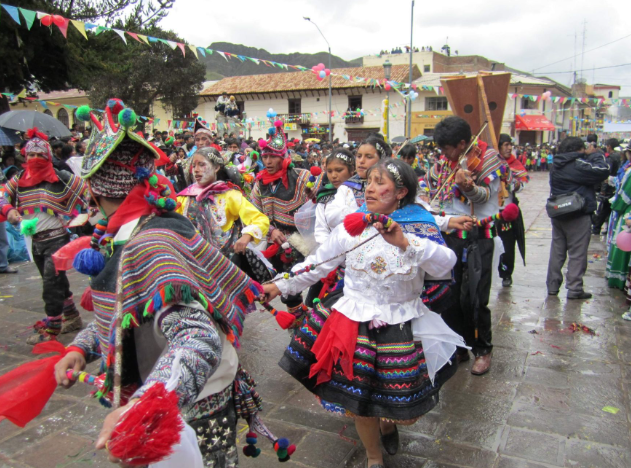
Holy Week
A religious festival that attracts thousands of devotees, with processions passing through the city’s colonial churches.
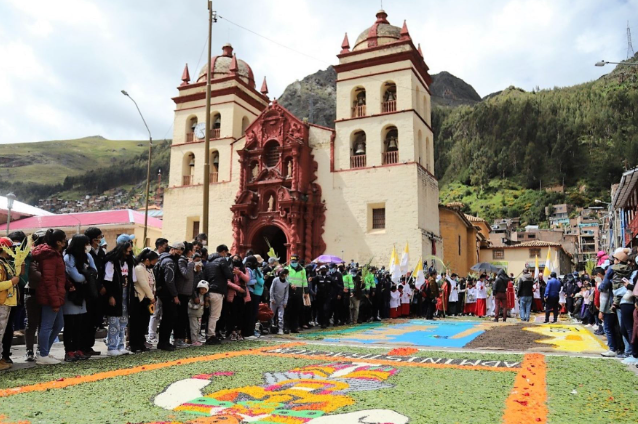
📅 Best Time to Visit: Year-round, but the dry season (May – September) is ideal for exploring landscapes and archaeological sites.
📍 How to Get There? Buses from Lima (approx. 10 hours) or the famous “Tren Macho” from Huancayo, offering a scenic train ride.
